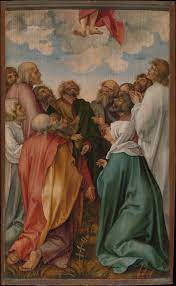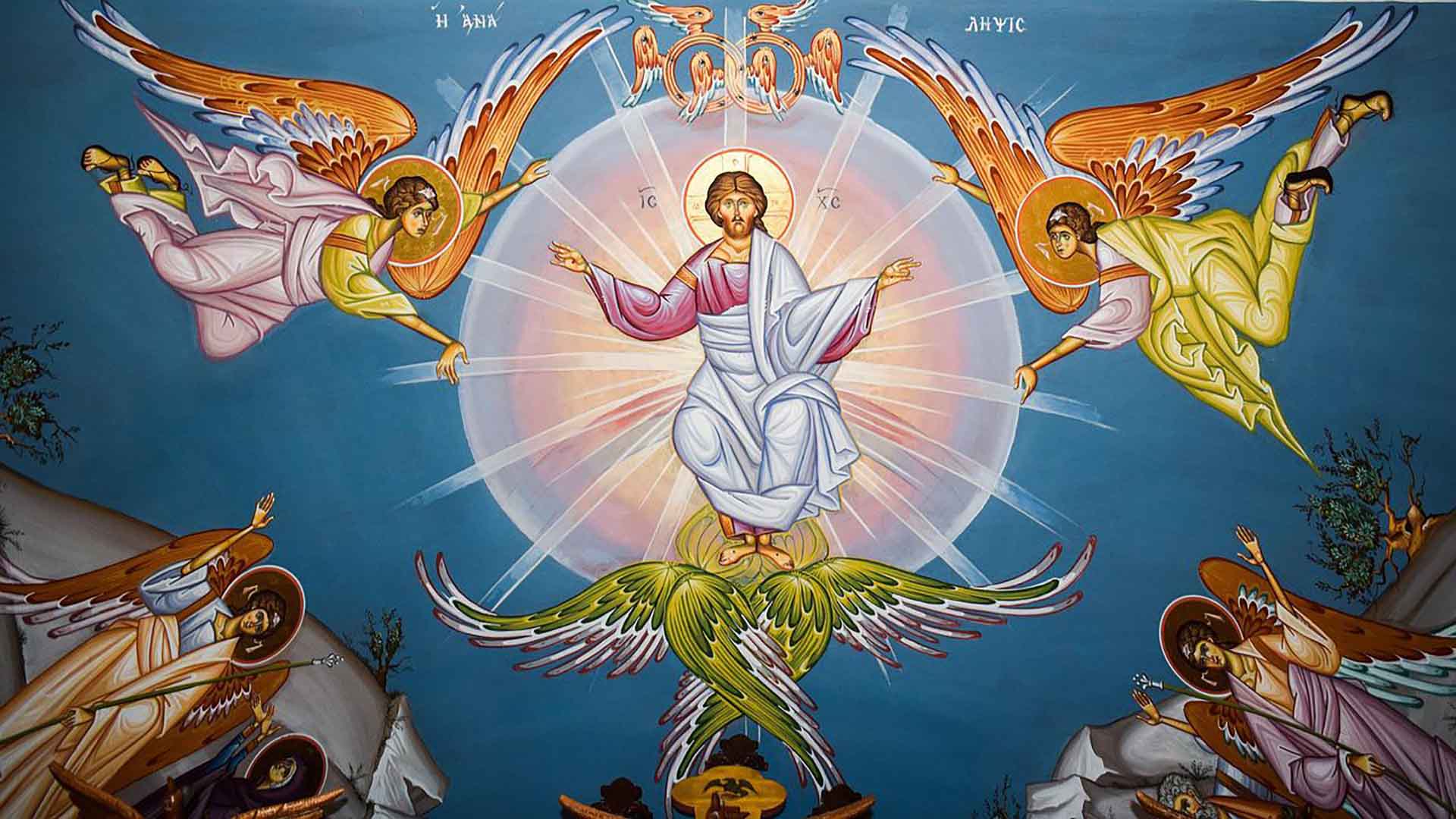The Ascension Promise
A solemnity and holy day of obligation like the Ascension rightly arouses the curiosity of every believer. The ascent of Jesus Christ body and soul into Heaven, from Mount Olivet, near Jerusalem, on the fortieth day after Easter, was no mean occurrence. Obviously, the why and how of it are hugely more intriguing than the what and where; and eminently worthy of inquiry.
The life of Jesus was a string of sacred mysteries. The Incarnation was the first and the Ascension the last of them all. The latter was immediately preceded by and intimately related to the Resurrection. It marked the ultimate exaltation and glorification of Jesus by the Father in Heaven, who, (humanly speaking) seating Him at His right hand, made Him the centre of world history and controller of all earthly and celestial dominions.
How did the Ascension of Jesus come about? Jesus led his disciples to the Mount, and soon after He had addressed them, raised His hands and blessed them, ‘He was lifted up while they looked on, and a cloud took Him from their sight.’ How did the disciples react? They did Him homage, returned to Jerusalem with great joy, and stayed in the temple praising God. While Jesus’ A scension was similar to that of Elijah, Jewish tradition also points to the ascension of Abraham, Moses, and Isaiah.
scension was similar to that of Elijah, Jewish tradition also points to the ascension of Abraham, Moses, and Isaiah.
However, who can deny that in our day and age the Ascension seems truly fantastic and begs an explanation! How are we to understand something that defies the laws of gravity? First of all, it was a happening that the eleven disciples witnessed and the Evangelists have recorded. Besides, it is not any more difficult to accept the mystery of the Ascension than that of the Resurrection. After all, God who has made the natural laws can also tweak them to assert His supremacy and have His children acknowledge it.
But that is by no means the only reason why God deemed it fit to realise the Ascension. After Jesus had very credibly upheld His claim of rebuilding the ‘Temple’ in three days, He lived amidst His disciples for forty days (important Biblical figure, denoting a new, enlivening period) giving ample proof that the Son of God was alive. That he was asked by the disciples, very prosaically indeed, if He had returned to restore the kingdom to Israel was ample proof that until then the disciples had not understood the Lord’s earthly mission!
Hence, Jesus undertook to re-educate the disciples about the kingdom of God. Would He succeed in doing in forty days what He had failed to accomplish through his three-year ministry? It may be noted that the forty-day period was only an orientation on how to carry out the evangelising mission. Jesus gave out laws, prepared the structure for His Mystical Body, the Church, and announced that the Holy Spirit would come to help the disciples carry out His ongoing mission.
Why did He not extend His tenure on earth instead of entrusting the missionary task to the Holy Spirit? For one, that was not why Jesus had come down to earth -- He had not come to stay, so it was proper that He should return to the Father. Secondly, as Son of Man, he would be subject to the natural laws that governed human life, including aging and death. Finally, and most importantly, by returning to Heaven, Jesus could better guide the Church and His faithful people the world over, through the action of the Holy Spirit. Hence, to grasp and understand the importance of the return of Jesus to Heaven, Paul prays that the 'eyes of our heart be enlightened'.
In short, the Ascension marks both the end of Jesus' earthly tenure and the beginning of His deep involvement with His people on earth. He who had come down with trappings of poverty entered into the world of glory, and is closer to us than ever before. What is more, His exaltation and glorification are a promise that we too will be exalted and glorified after we have united ourselves to Jesus’ suffering and shown readiness to be part of God’s plan of Salvation.
Note that the Solemnity of the Ascension falls on Thursday, but it is celebrated on the Sunday closest to that day. The First Reading (Acts 1: 1-11) and the Second Reading (Eph 1: 17-23 or Heb 9: 24-28, 10: 19-23) with psalm and acclamation are common for Years A, B and C. The Gospel for this year (Year C) is Lk 24: 46-53.
